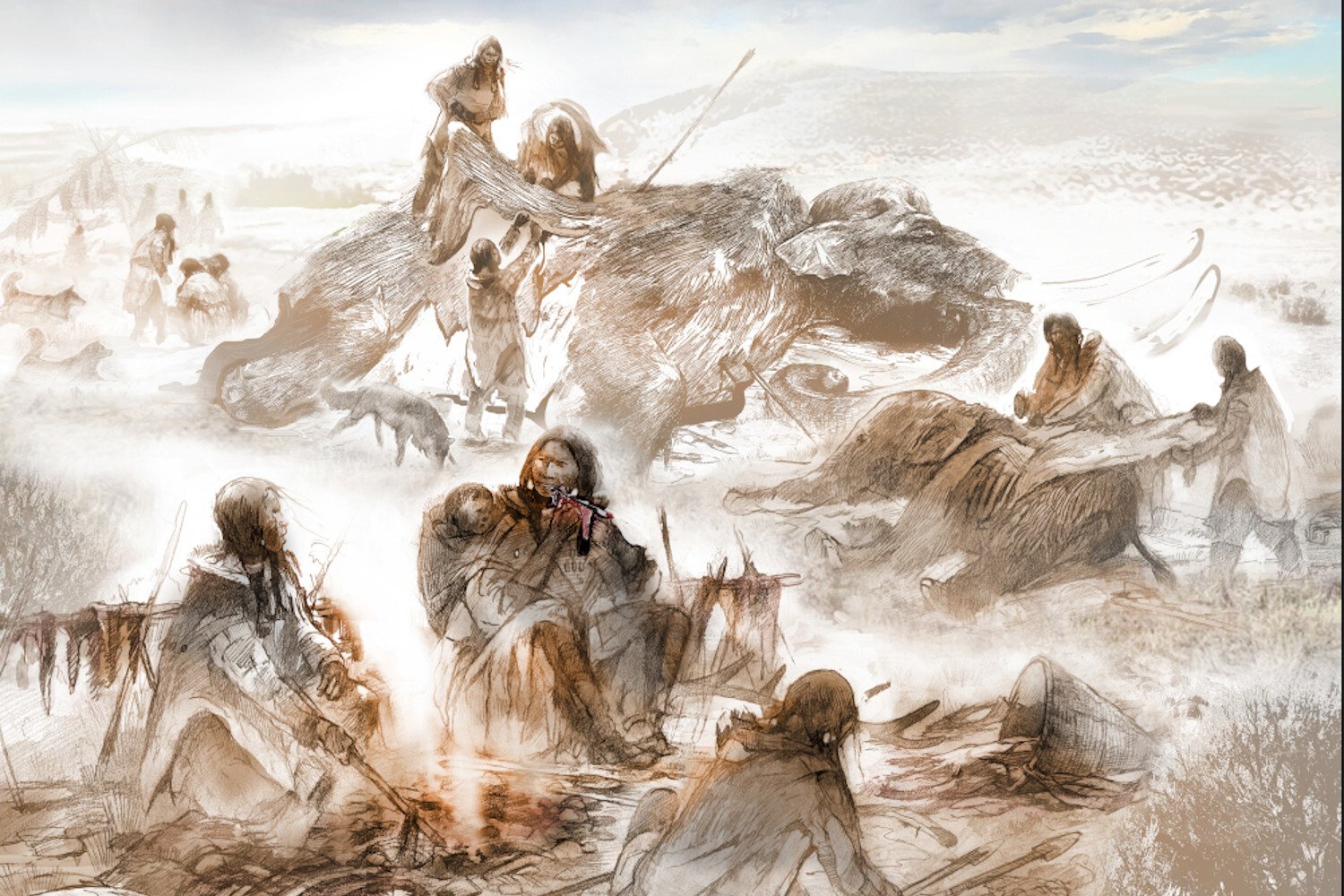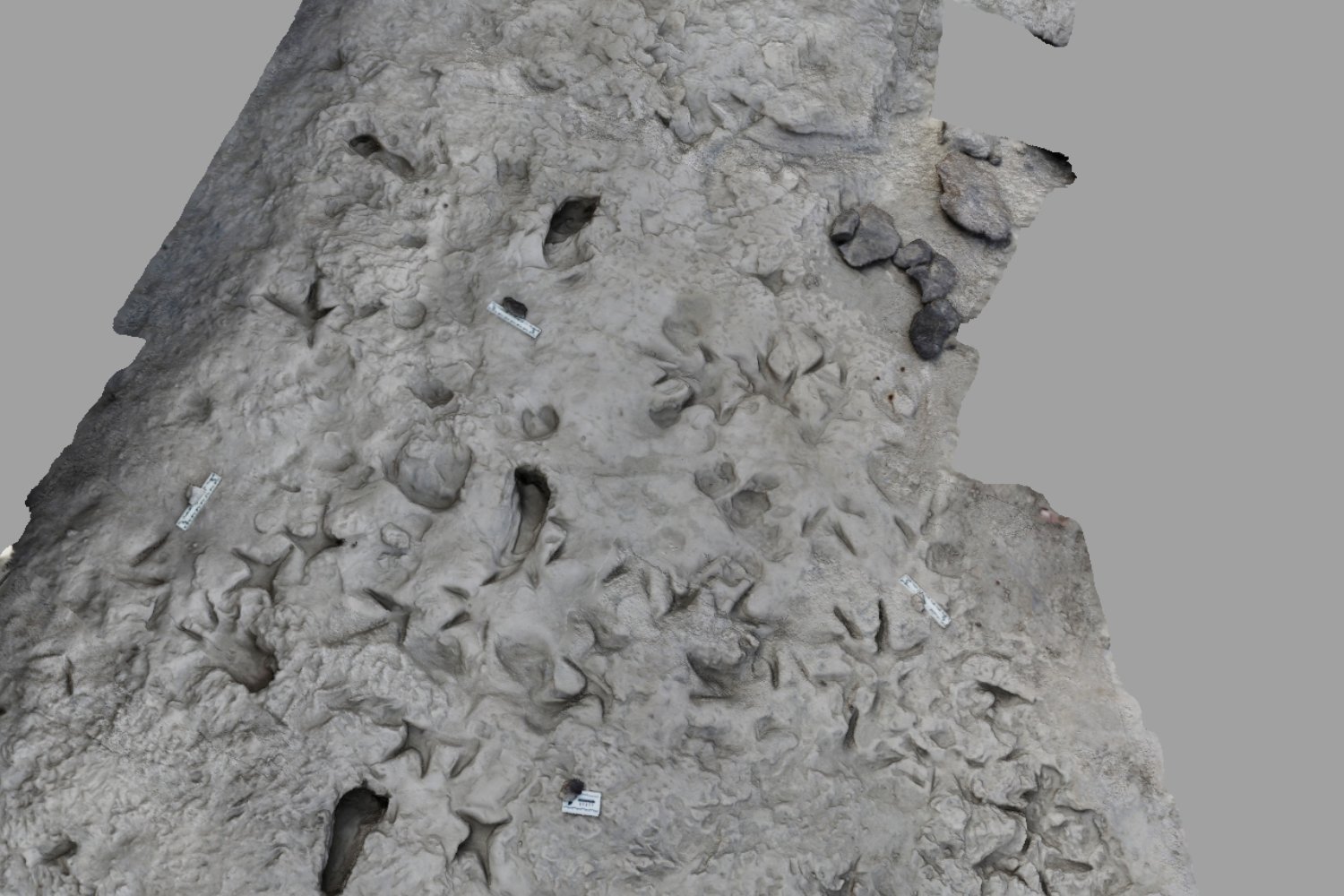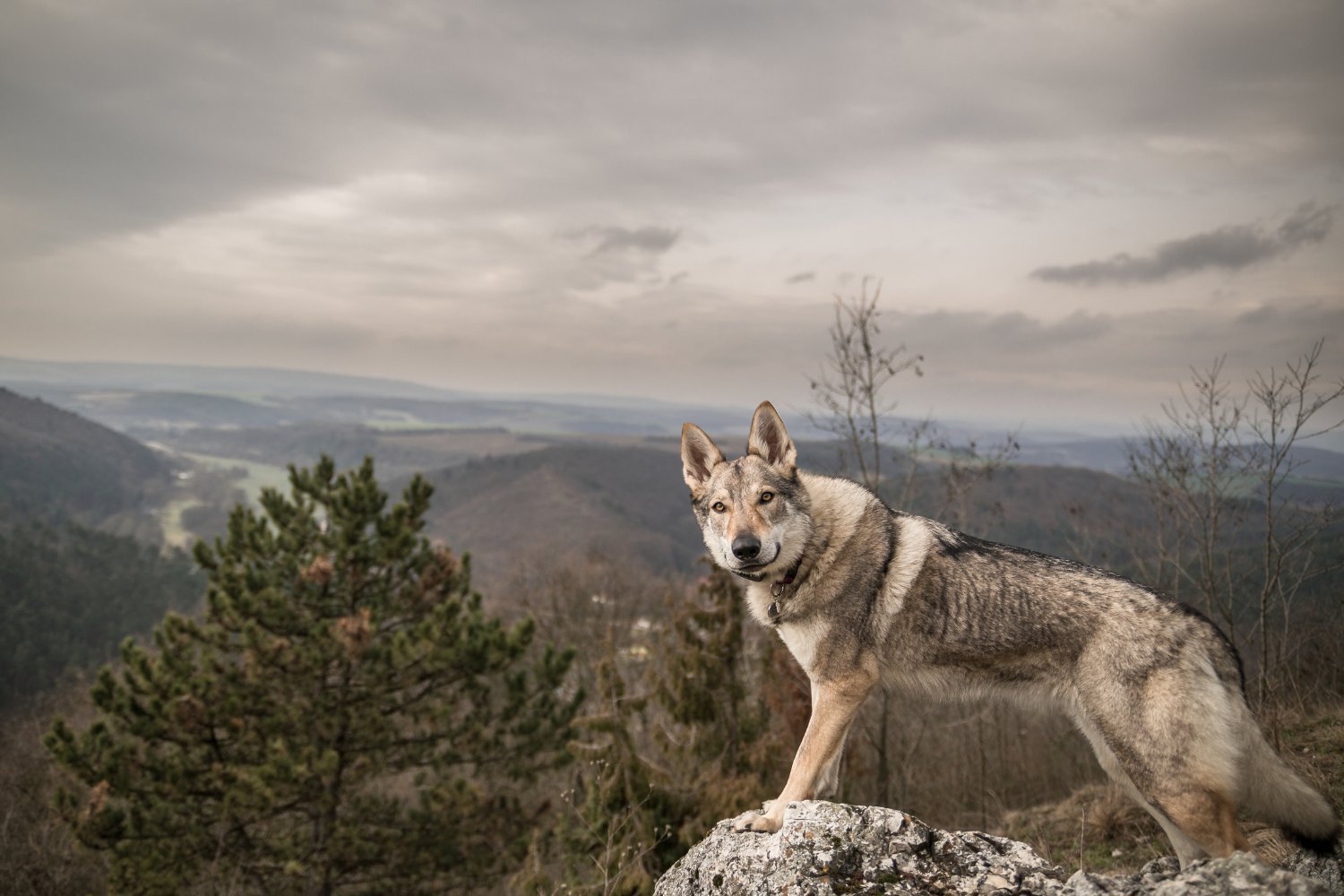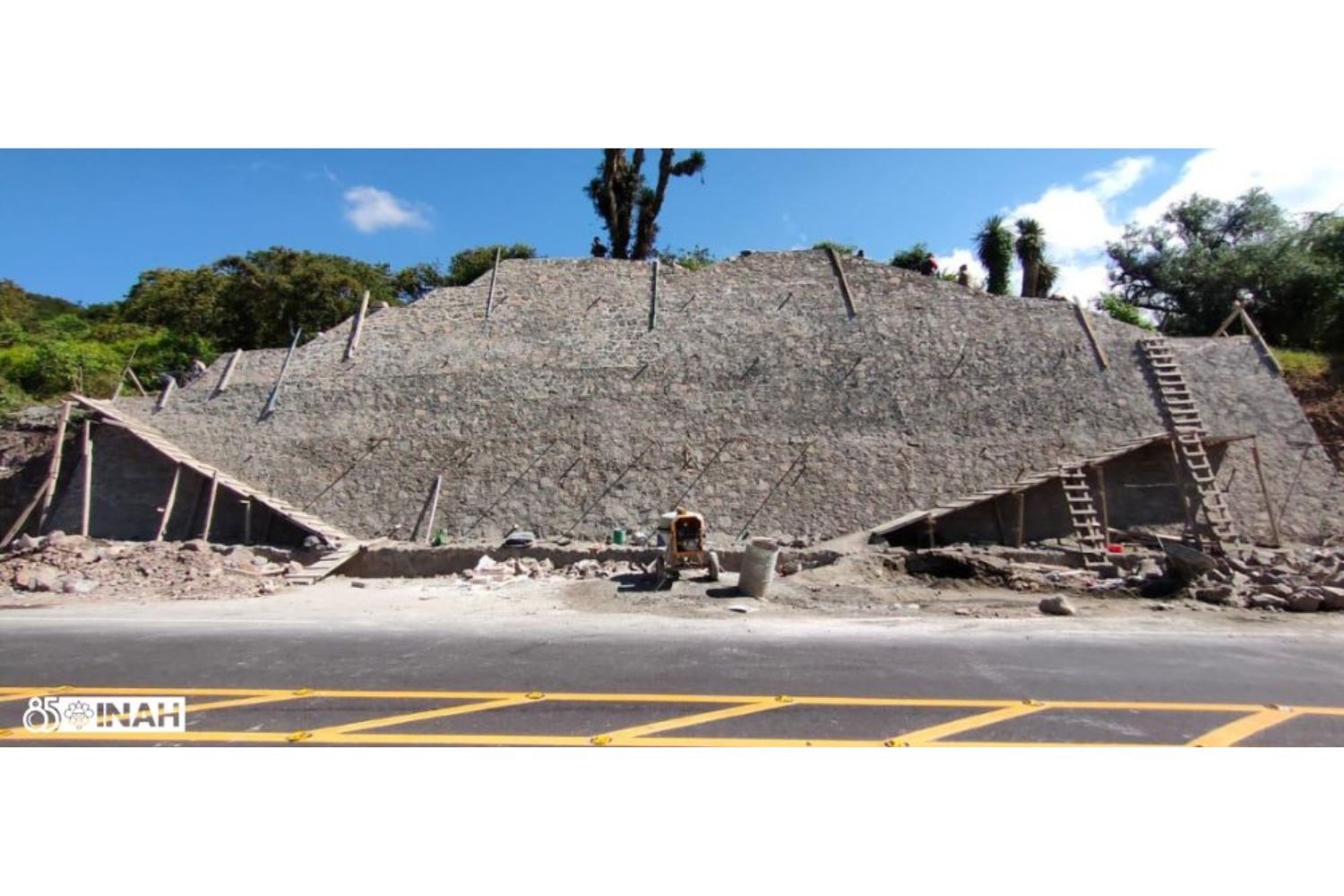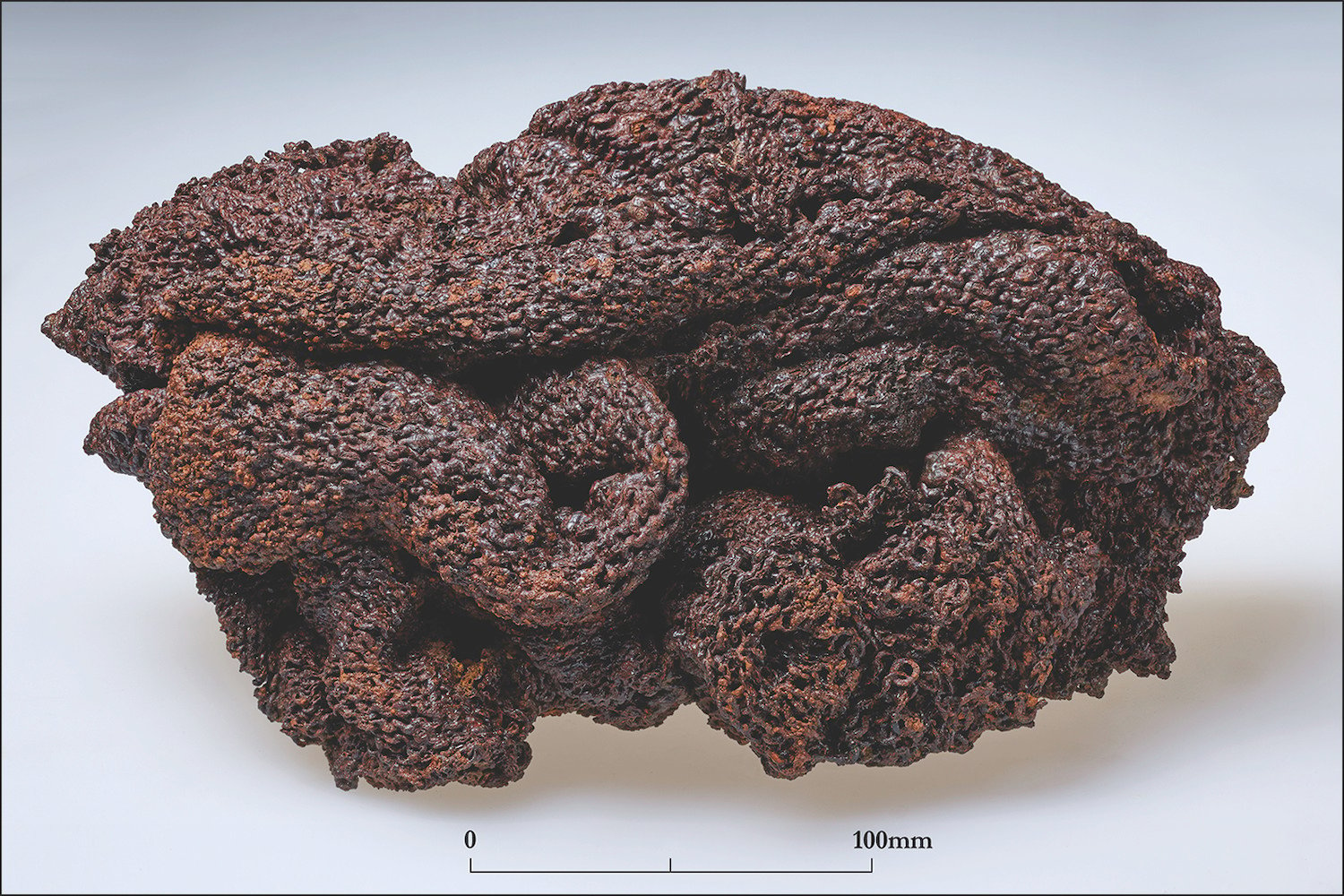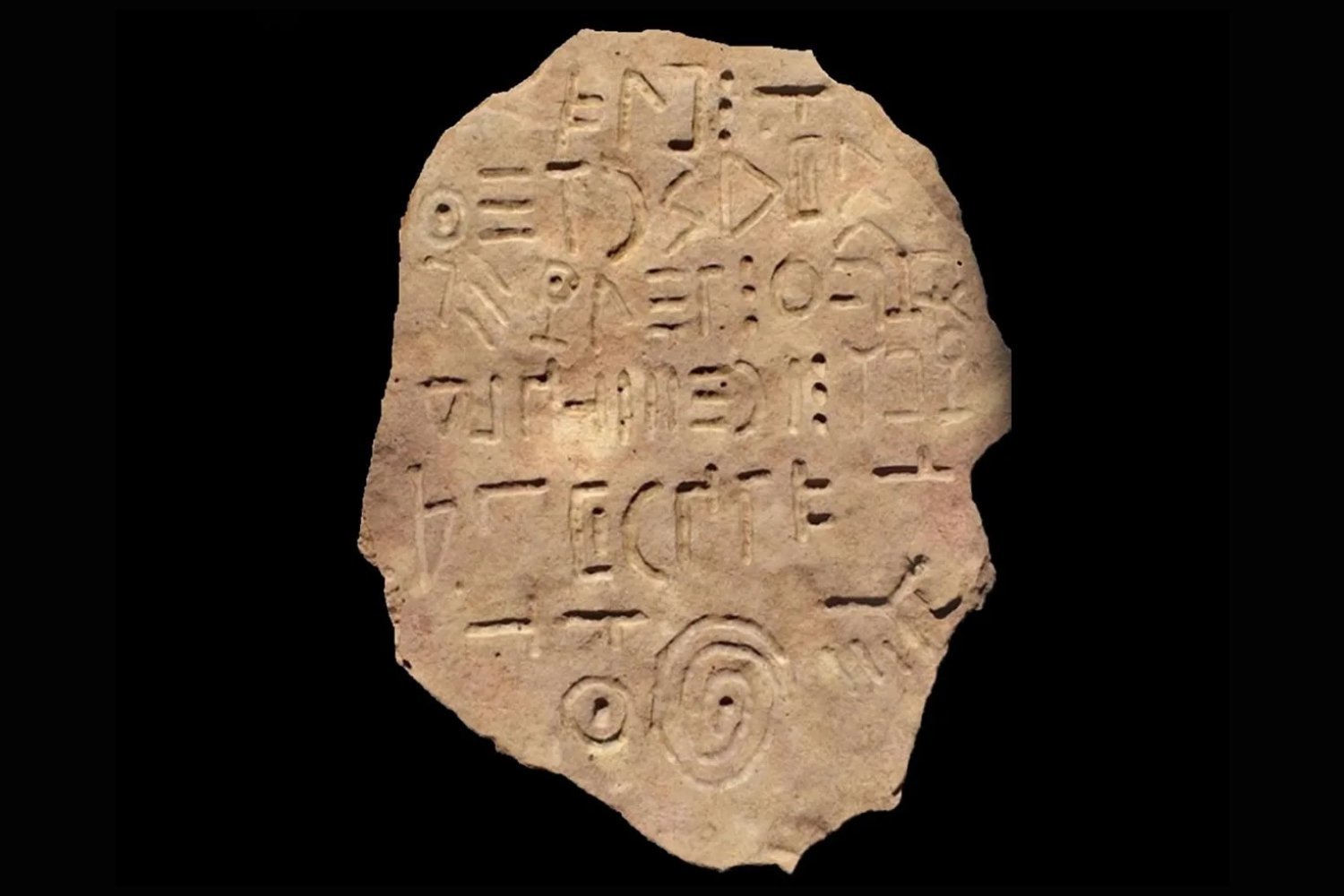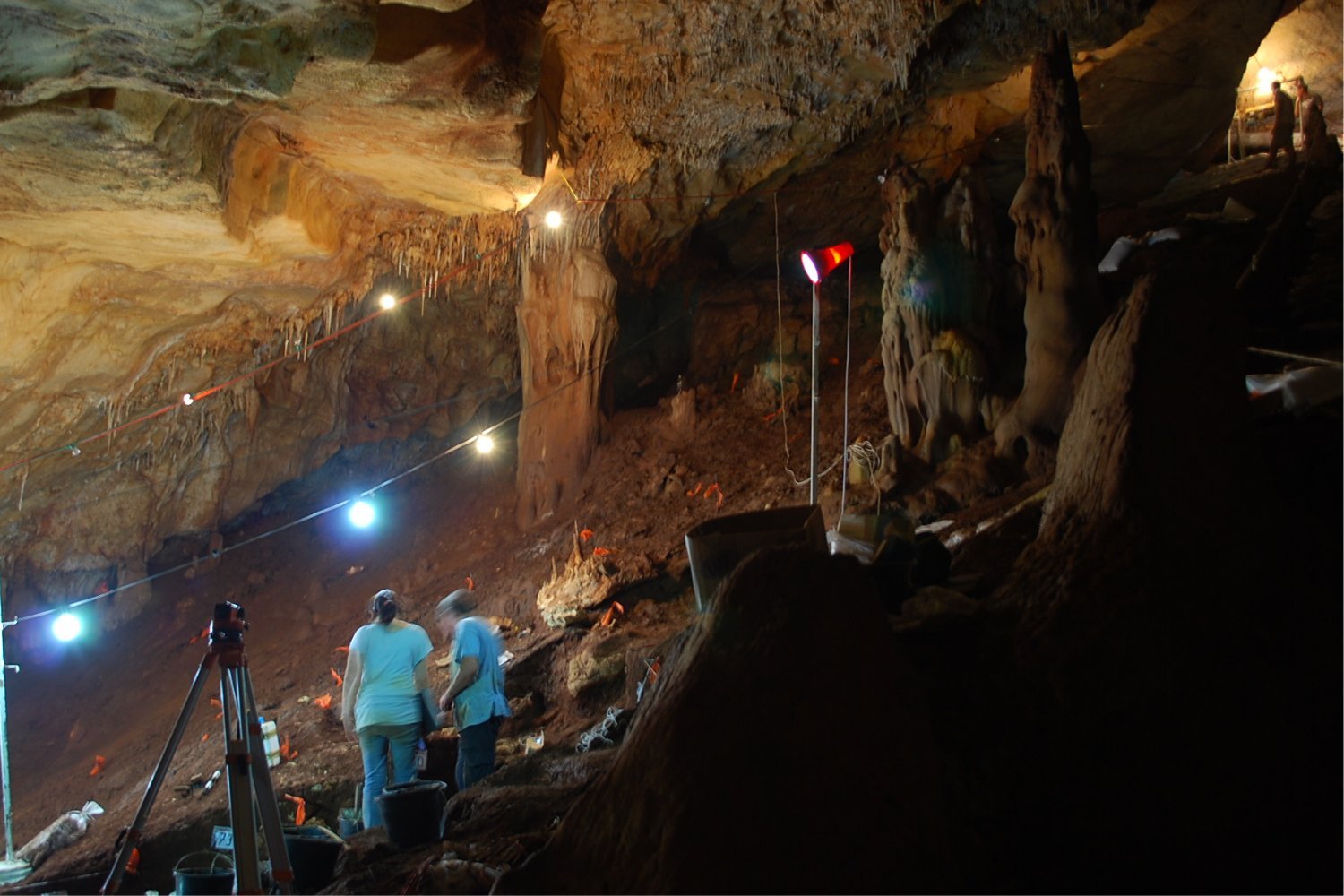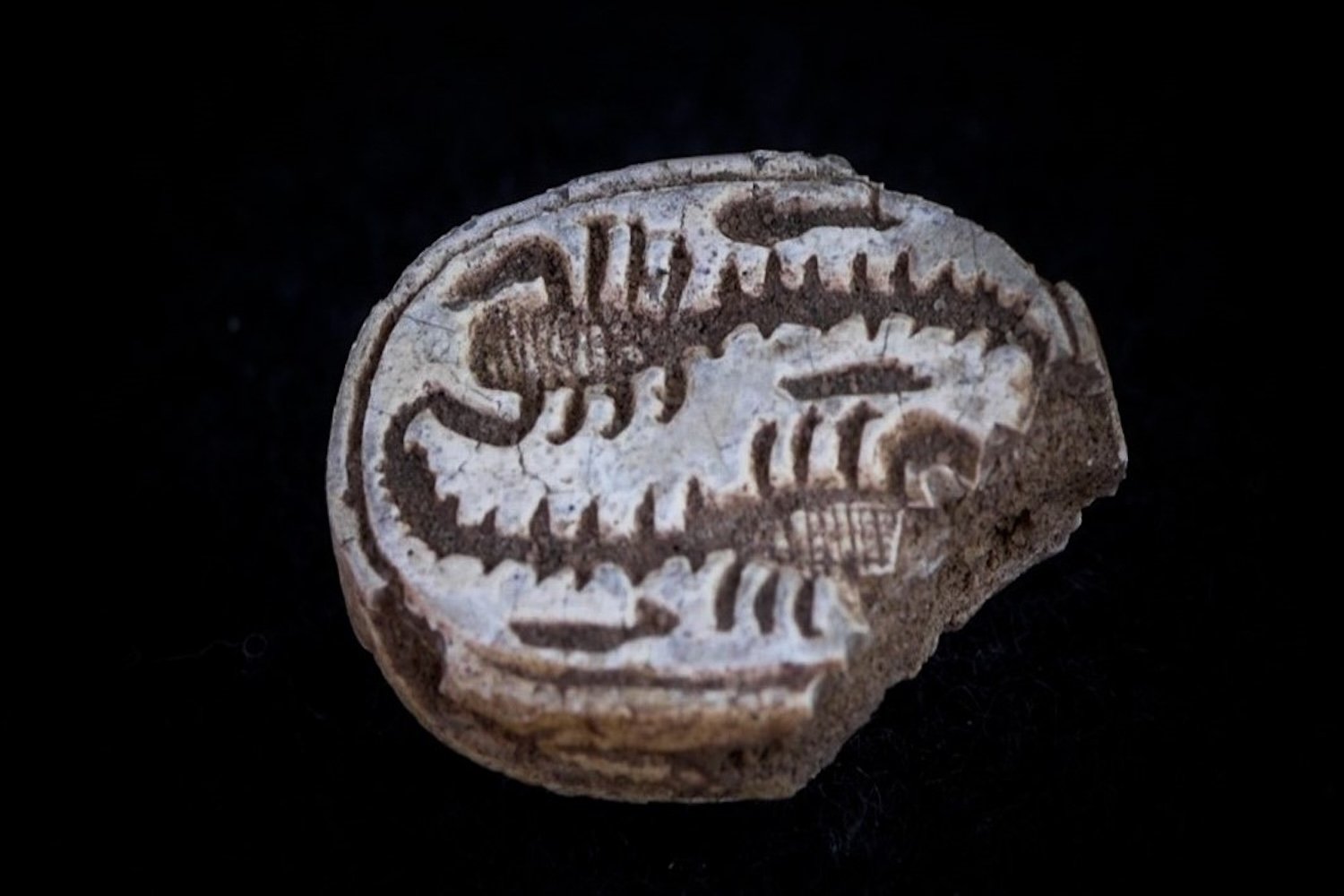The Clovis culture, a prehistoric people known for their distinctive stone tools, roamed North America at the end of the last Ice Age. A recent study provides compelling evidence that these early inhabitants had a taste for mammoth, shedding light on their diet, expansion across the continent, and potential role in megafauna extinction.
The study, published in Science Advances, presents the first direct evidence of mammoth consumption by Clovis people. Researchers, led by James C. Chatters of McMaster University and Ben A. Potter from the University of Alaska Fairbanks, analyzed isotopic data from the 13,000-year-old remains of a Clovis infant discovered in Montana. By reconstructing the infant’s mother’s diet through isotopic analysis, the team gained insights into the Clovis people’s food sources.
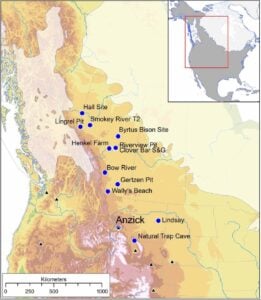 Map showing Clovis sites and glacial iceMap depicting the location of the Anzick child discovery, study faunal samples, and significant Clovis sites. The white area represents the glacial ice extent around 12,800 years ago.
Map showing Clovis sites and glacial iceMap depicting the location of the Anzick child discovery, study faunal samples, and significant Clovis sites. The white area represents the glacial ice extent around 12,800 years ago.
Isotopic analysis, which measures atoms in samples to uncover their origins and ancient eating habits, provided a “chemical fingerprint” of the Clovis woman’s diet. Comparing these isotopic signatures with those of potential food sources allowed researchers to estimate the proportion of different foods consumed. The results revealed that a significant portion, approximately 40%, of the woman’s diet consisted of mammoth. The remaining portion primarily comprised other large animals like elk and bison, with only a small contribution from smaller mammals.
This finding supports the theory that Clovis people were “megafaunal specialists,” primarily hunting large game, rather than relying on foraging and small game. Previous research had only indirectly inferred this through secondary evidence such as stone tools and animal remains found at Clovis sites. This study provides the first direct evidence of their dietary preferences.
 Close-up of Clovis pointsDetailed view of Clovis points, the characteristic stone tools of the Clovis culture.
Close-up of Clovis pointsDetailed view of Clovis points, the characteristic stone tools of the Clovis culture.
Intriguingly, the Clovis woman’s diet closely resembled that of the scimitar cat, a large prehistoric feline known to prey on mammoths. This further strengthens the connection between Clovis people and megafauna hunting. The prevalence of mammoth remains at Clovis sites, along with the presence of large projectile points designed for distance hunting, reinforces this conclusion.
The abundance of mammoths across the Americas would have provided a consistent source of protein and fat for migrating Clovis people. This reliance on mammoth as a food source could explain their rapid expansion across North and South America within a few hundred years.
However, the Clovis people’s hunting prowess may have also contributed to the extinction of large animals at the end of the last Ice Age. As the climate changed and mammoth habitats dwindled, these animals became more vulnerable to human predation, ultimately leading to their decline.
This research provides crucial insights into the lives of early Americans, illustrating how they thrived by hunting formidable prey like mammoths. The study involved collaboration with Native American tribal governments, recognizing the importance of including descendant communities in the study of their ancestors.
The findings reshape our understanding of Clovis culture and their impact on the prehistoric landscape. The mammoth, a symbol of the Ice Age, played a central role in their survival and expansion, but also potentially in its own demise.



